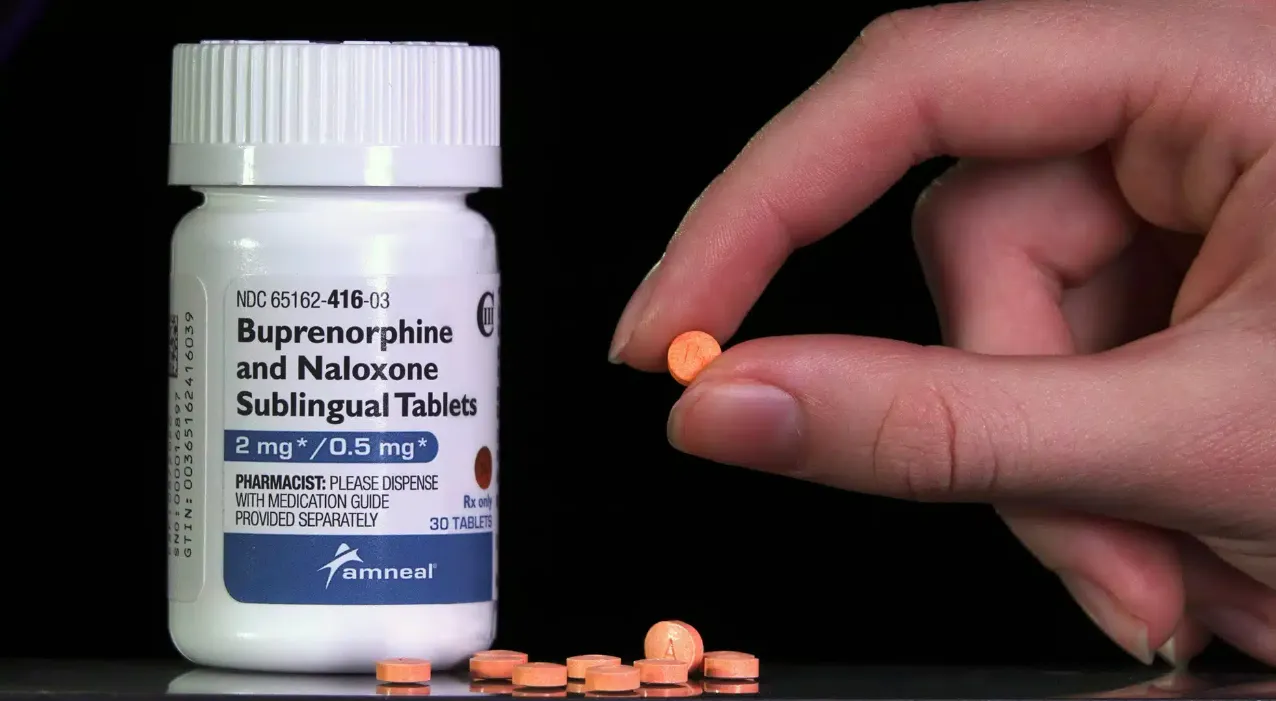August 12, 2025

If you're a commercial driver or in another safety-sensitive role regulated by the Federal Motor Carrier Safety Administration (FMCSA), your medications (and how they're handled during medical certification) can seriously affect your ability to stay on the job.
With the new 2024 DOT Medical Examiner Guidelines, there’s finally clarification around Suboxone (buprenorphine/naloxone), a commonly prescribed medication for treating opioid use disorder. But there’s still a gap between policy and what’s happening in the real world.
Let’s break it all down.
For the first time, Suboxone (and similar medications containing buprenorphine or naloxone) is formally addressed in FMCSA guidance.
Here’s the key takeaway:
Suboxone does not automatically disqualify you from receiving your DOT medical certification. But it’s not a green light either.
Medical examiners are instructed to:
Buprenorphine is part of Medication-Assisted Treatment (MAT), the gold standard for treating opioid use disorder. And the data is clear:
So yes, maintenance treatment isn't just about withdrawal; it's about survival and success.
While the guidelines no longer prohibit Suboxone, many medical examiners are still reluctant to certify drivers who are on buprenorphine—especially for maintenance.
Why?
That’s why it's so important for drivers on Suboxone to:
In some cases, staying on Suboxone may be the safer choice, even if it delays certification. Recovery comes first.
This is where SAPs and employers need to be sharp. If a driver walks in and says, “I need to see a SAP because I tested positive during my DOT physical,” your first step is:
Here’s why:
A drug test ordered solely during a DOT medical exam is not a Part 40 DOT test. Therefore, it should not be entered into the Clearinghouse.
This kind of error could unfairly place a positive test on a driver’s record for five years.
Direct them to file a DataQs appeal, the official process to challenge and remove inaccurate Clearinghouse entries.
While the DataQs system is reliable, it may currently face delays due to limited responsiveness from DOT agencies. That means the driver has two paths:
If the violation is eventually removed, the SAP follow-up testing plan disappears too.
Whether you're a driver managing your recovery with Suboxone or a SAP navigating tricky referrals, remember:


